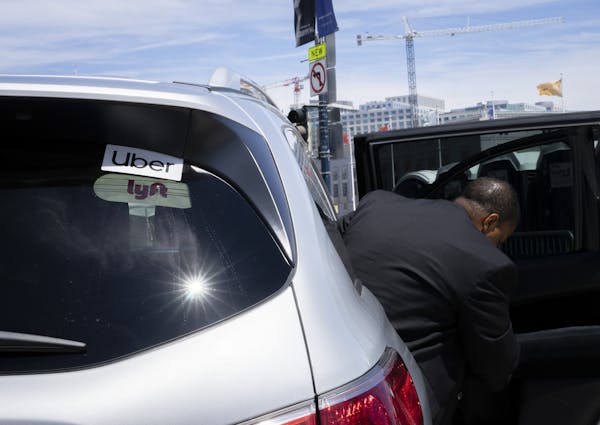Minneapolis and St. Paul are not identical twins, natives of each town often insist. In some ways, this week's 2016 budget proposals by Minneapolis Mayor Betsy Hodges and St. Paul Mayor Chris Coleman fit their fraternal-twin identities. A key example: Hodges is asking her City Council for a 3.4 percent levy increase in 2016; Coleman's call is for a 1.9 percent hike, along with assorted fee increases.
But in other ways, the two mayoral proposals offer evidence that these two municipal neighbors and former rivals (all that silliness is passé, isn't it?) are mates, pulling more in tandem than perhaps at any time in their shared 160-year history.
Both cities are blessed with — and challenged by — the most vigorous population growth seen in the past half-century. To their credit, both mayors understand that their cities' future vitality is tied to the success of their fast-growing nonwhite populations. Both have designed budgets that include an "equity agenda," including more job and training opportunities for low-income youths. Hodges is seeking more money for affordable housing, including a creative approach for larger low-income families not well-served by existing programs.
Both cities have emerged from the Great Recession fiscally healthier than they were at its onset, but understaffed in a number of key operations. Both must soon upgrade aging streets, bridges and water systems.
Both mayors know that they are near the limit of their citizenry's tolerance of higher homeowner property taxes. But, unlike income and sales taxes, property taxes don't produce higher revenues automatically as the economy grows. Hodges and Coleman argue that with some city services already too lean, a levy increase is required to keep inflation from eroding them further. The two city councils will do well to give that argument close scrutiny — especially in Minneapolis, where city-controlled sales tax receipts are growing smartly.
With their tax bases swelling, Coleman and Hodges can seek higher levies knowing the hikes will fall relatively lightly on most homeowners. Hodges said her proposal would bring a city property tax increase to only about a third of Minneapolis homeowners — those whose assessed valuations grew 9 percent or more in the past year. Many city homeowners would see the city share of their property tax bills decrease, she said.
Coleman said his proposal translates into an $8 increase in property taxes for the typical St. Paul home, valued at $151,500 next year. That homeowner would also be hit with $29 in higher fees and assessments.
Both budgets offer modest enhancements of city services at a modest price — and both leave needs and aspirations unmet. Under these budgets, police staffing will still be too tight to allow officers the relationship-building time that community policing requires. More streets need repair than either city can afford — and delay means more will need to be rebuilt, not just repaired, at significantly higher cost.
That means that both cities will be back at the State Capitol in 2016 seeking restoration of local government aid (LGA) to its peak level, which was in 2002. This year's LGA allotment to Minneapolis falls $34.3 million short of its 2002 level; in St. Paul, it's $11.7 million below 2002. The cities also look to state government for help with transportation and infrastructure improvements.
More than ever, Minneapolis and St. Paul count on each other as public-policy partners. But as ever, they need a reliable partnership with state government in order to thrive.

